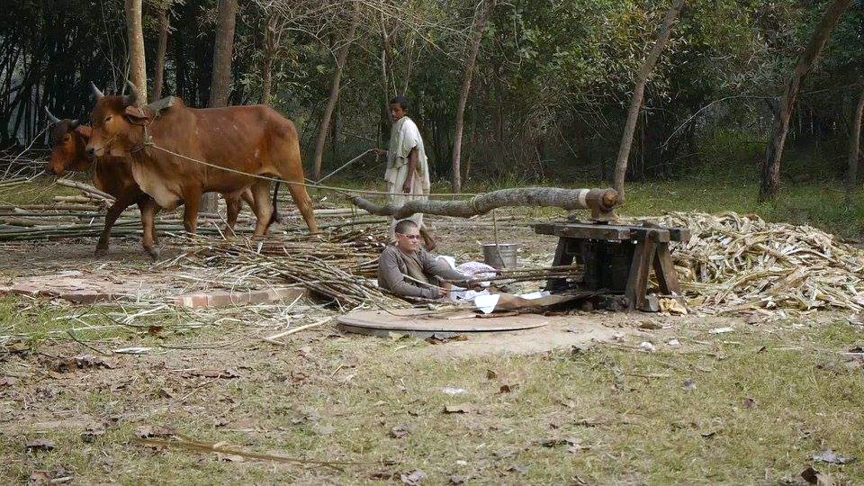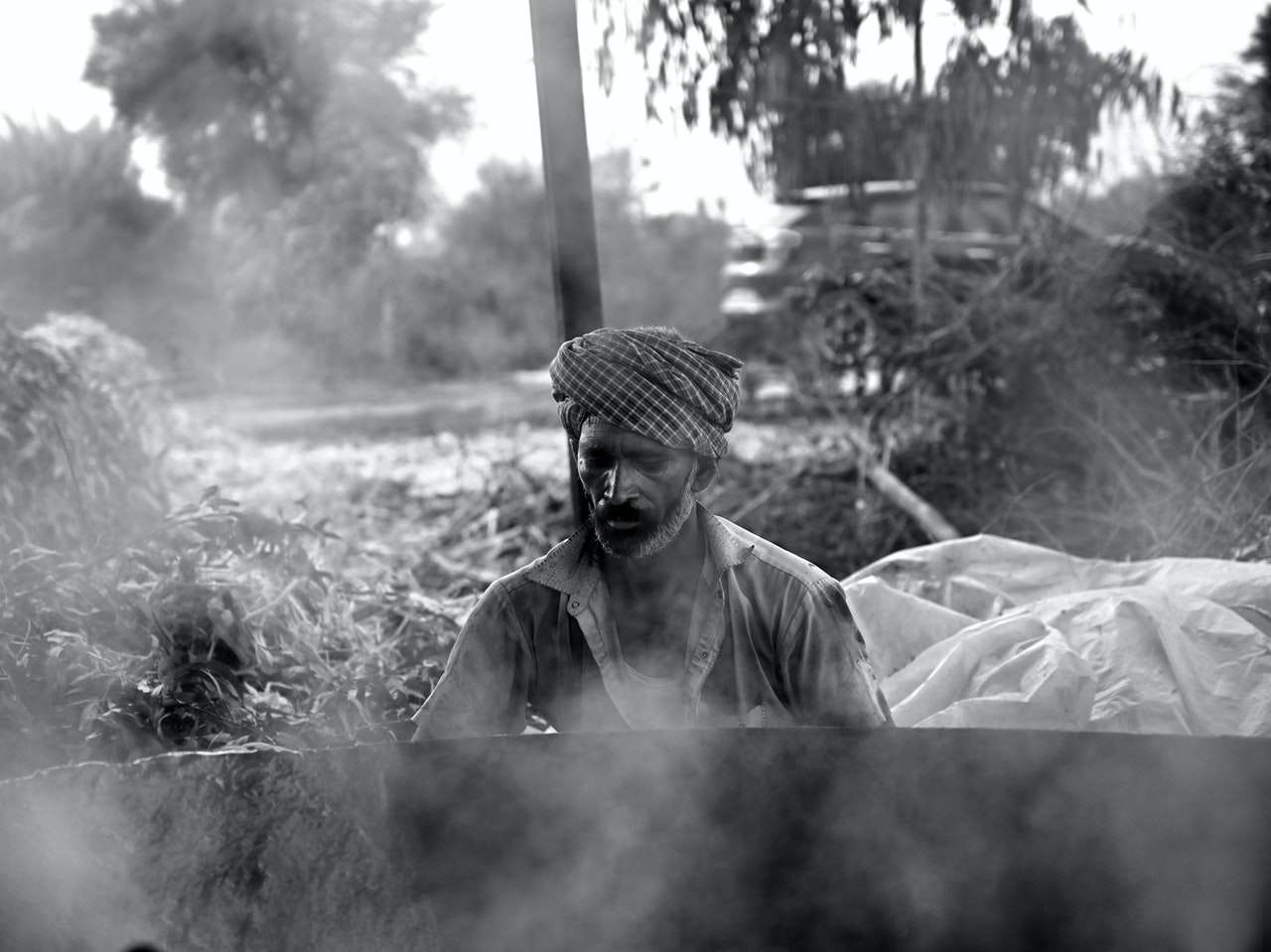
From children to adults, from everyday meals to occasional parties, sugar is used in various food items all over the world. We sometimes even crave it from cakes, candies, sodas, and other items in the times of celebration and sadness as well. This crystallized sugar which we use today was invented by Indians in the ancient era.
Sugar is made from the substances of sugarcanes. And it is speculated that the origin of sugarcane was from New Guinea over 10,000 years ago. The sugarcanes prospered from numerous islands and ultimately made its way to India, and with the passing time, the inhabitants of India utilized the science and multiple methods to make the initial basis of sugar. In India, sugar was known as ‘Sharkara’, which is a Sanskrit word for grit. The Hindi word for sugar, ‘Shakkar’ is also identical to the Sanskrit word Sharkara. The techniques to make crystallized sugar involved heating, cooling, seeding, and agitation of the thick syrup to produce various qualities and refinement of the sugar. All the secret techniques were passed down to a very few people from its creators.
Sugarcane was not just a reasonable sweet for Indians, but it was consumed in various remedial methods to cure diseases like Jaundice. Even today, sugarcane or rock sugar is used to cure Jaundice in some parts of India. Sugarcane moreover holds a historic and religious significance because it was the first food item that Gautam Buddha ate after he came out as an enlightened person. He was also known as ‘born of sugarcane’ since his ancestry was traced through the dynasty of Maharaj Ikshvaku. And the Sanskrit meaning of Ikshu is sugarcane.

The first considerable and written reference to sugar occurs in 325 BC, after the conquest of Persia and attack on India by Alexander the Great. One of his admirals, Nearchus wrote that “a reed in India that brings forth honey without the help of bees”. This indicates the newfound sugar and also its color, that the Indians had not yet developed the process of creating white crystals of sugar. Alexander initially observed sugar, cardamom, and rice in India, and he scattered them throughout his empire. While the crops of rice grew up till Egypt, sugarcane never completely prospered. Sugarcane is a crop that needs a tropical environment with a lot of rain, and with the brutal downfall of Alexander's empire shortly after his death, the proficiency of sugar fell into facelessness.
By 647 AD, Indians were proficient to create crystal clear sugar from Sugarcane with multiple refinements and long methods of extraction and purifying techniques, and it was obtaining a widespread acceptance. The Chinese Emperor Taizong of the Chinese Tang dynasty sent a team to the kingdom of ‘Magadha’ which is today's Bihar, to learn the secrets of crystallized sugar making.

Source: wikipedia.org
It was very evident in 647 AD that India had formulated the method of refining clear white crystals of sugar as the Chinese referred to sugar as ‘Tang Shuang’ means, ‘White Frost’. Several Buddhist monks carried all the techniques and traditions of sugar formulation to different regions of Asia.
India was in an incredibly different geographical position in the past. It has Persia, Arabia, and Europe to its West, and Indonesia, China, and Japan to it's East. Geographically it became a bridge that connected East and West, letting the dispatch of trades through land and ocean. In 653 AD the Persian kingdom, under Yazdgers III collapsed after years of ferocious battles with Arab armies, and some Persians from the royal family escaped to China. During this period, we discover the first Arabic reference to ‘shukkar’ derived from ‘sharkara’ and ultimately becoming the English word for sugar. Similarly, the word for rock sugar is known as ‘Khanda’ in Sanskrit, and it became Arabic ‘Qandi’, and ultimately ended in the English as Candy. The crystal sugar which was originally invented in India transited the entire world through Arab and European travelers, but somewhere around these journeys, the ancestry of crystallized sugar got lost in history for a long time.
___________________________________________________________________
Reference:
(www.bvashram.org / www.sugar.org / www.sucrose.com / Wikipedia)
